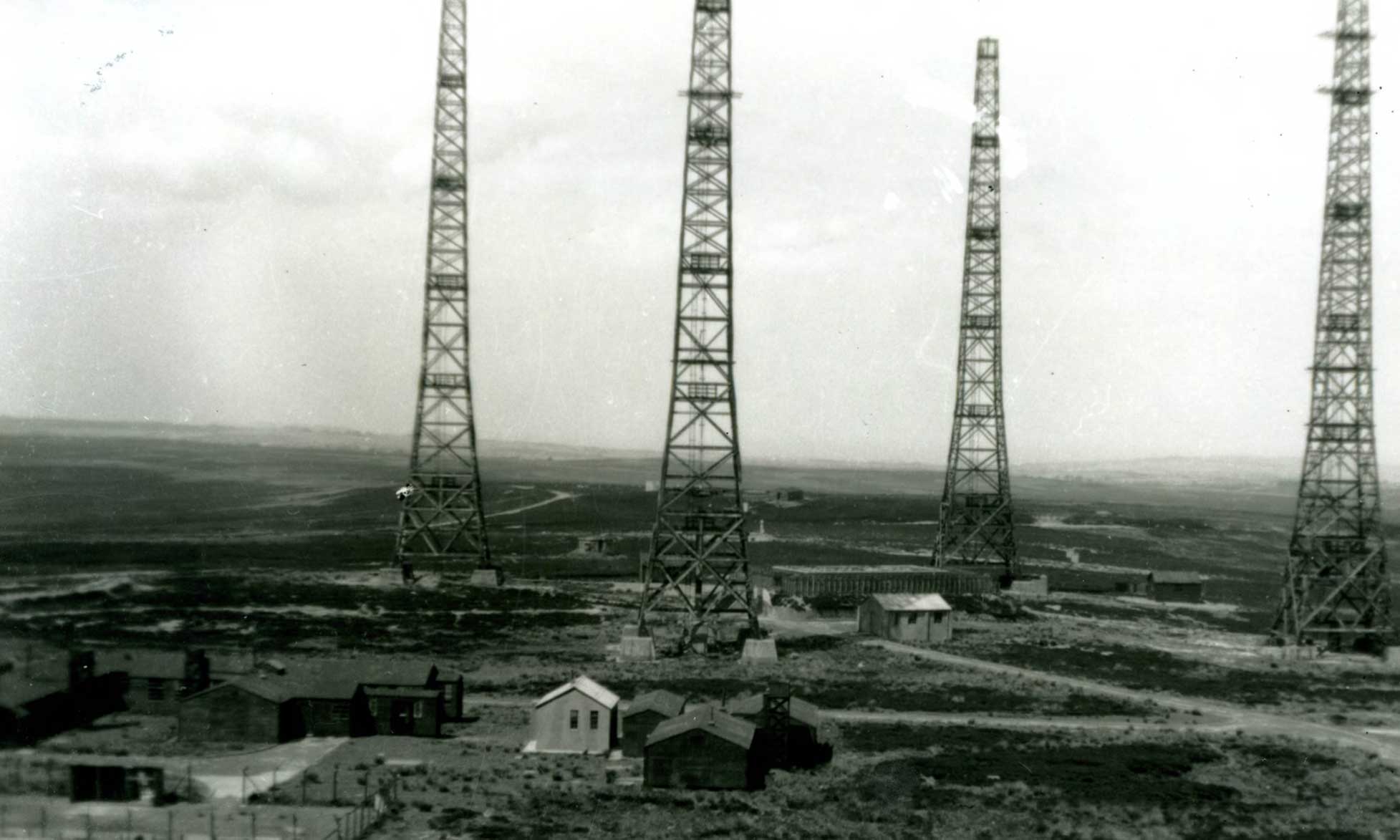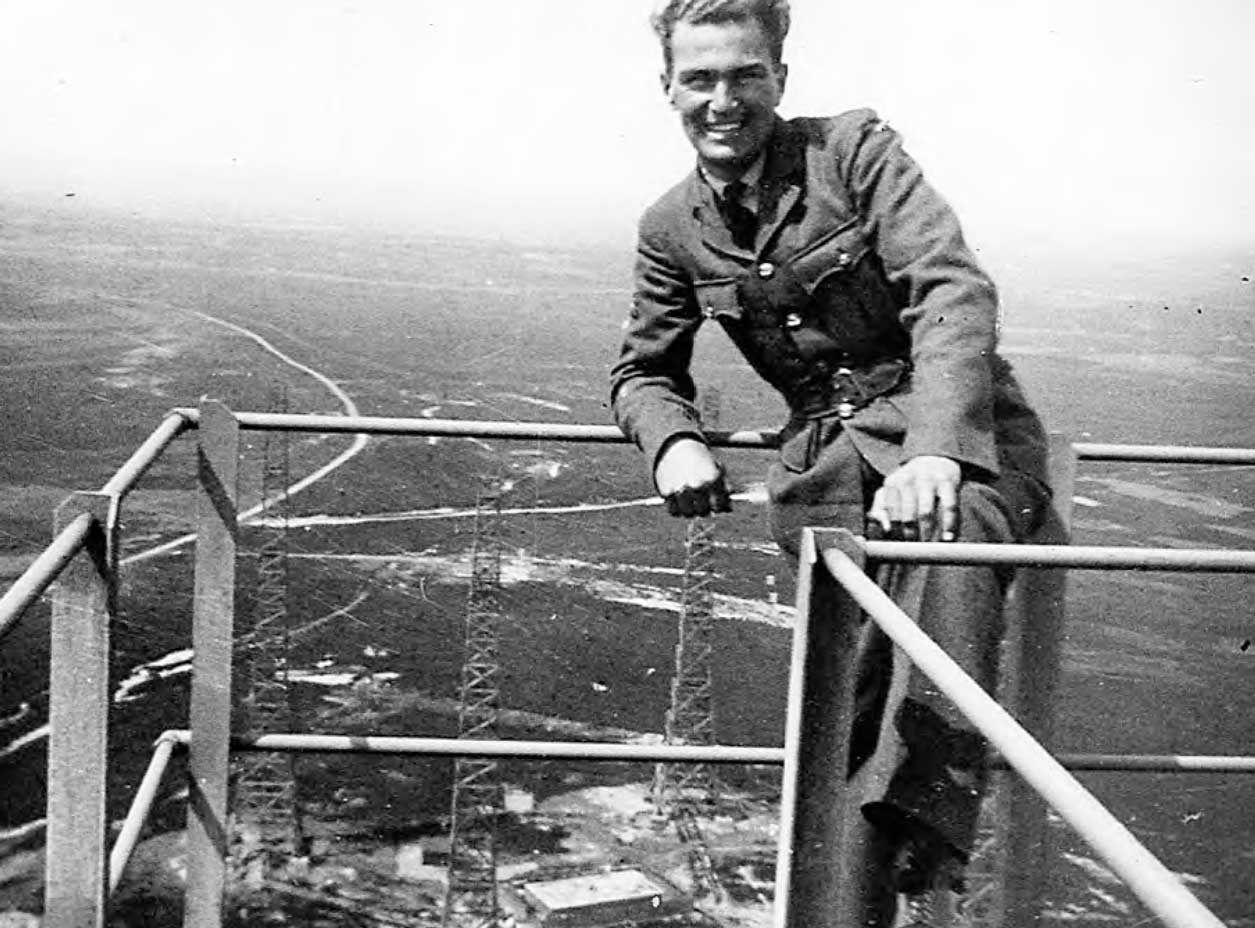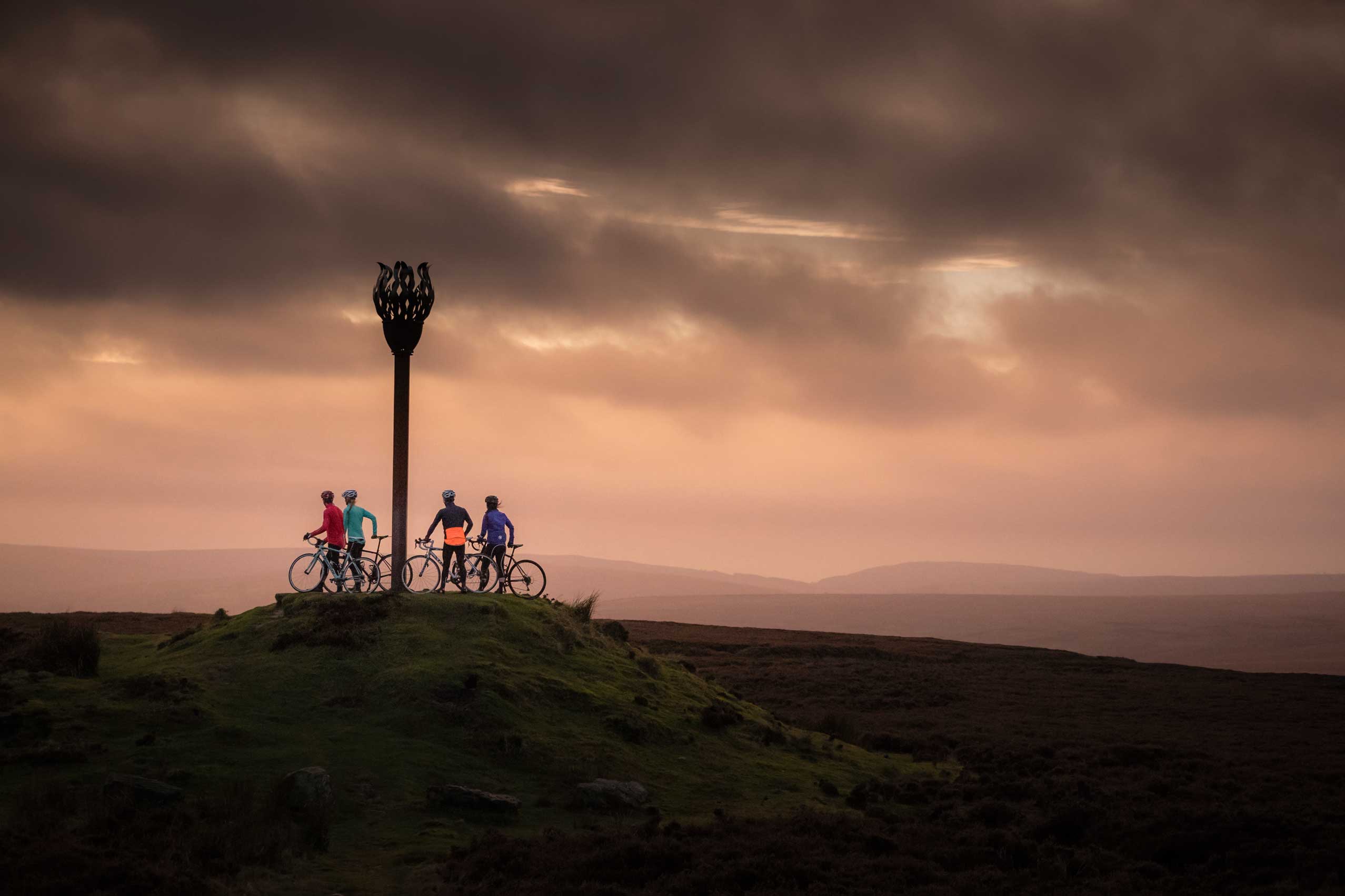Wartime reminders survive all around us, although the various brick and concrete structures are only just beginning to be appreciated as important monuments.
Before the invention of radar, for example, 'acoustic mirrors' were developed during the First World War to reflect, focus and detect the sound of approaching enemy aircraft and Zeppelins. Surviving examples of these parabolic concrete and brick structures can be found at Boulby and Redcar, dating from 1916.
Second World War pill-boxes are more easily recognisable, but other structures, buildings and areas of hard-standing also survive, from radar and radio stations to practice ranges, army camps and local defence installations. The latter are particularly interesting. Helmsley, for example, was defended early in the Second World War by an anti-tank wall (parts of which are still standing) and ditch, bunkers, roadblocks, barbed wire and machine-gun emplacements.

The radar station at RAF Danby Beacon also played an important part in the war, while Fylingdales Moor was used a military training area. Troops practised battle tactics amid the heather, while tanks fired shells at specially constructed targets. Many of the shell craters, slit trenches and artillery tracks remain – though often overgrown – but the most visible relic is the broad concrete track at the start of the nature trail at Jugger Howe, which was part of a tank gunnery range.


In addition, a national network of decoy sites helped confuse enemy bombers at night. The one on Sneaton Moor was built to protect Middlesbrough. Electric lighting strung across the empty moor imitated city lights, while fires were lit to simulate a town under attack. The curved trenches (still visible) were fire-breaks.
From the Cold War, RAF Fylingdales still sits in our midst, but there was another radar station on the coast at Barnby Howe, near Goldsborough, together with a string of Observer Corps posts sited throughout the National Park.
